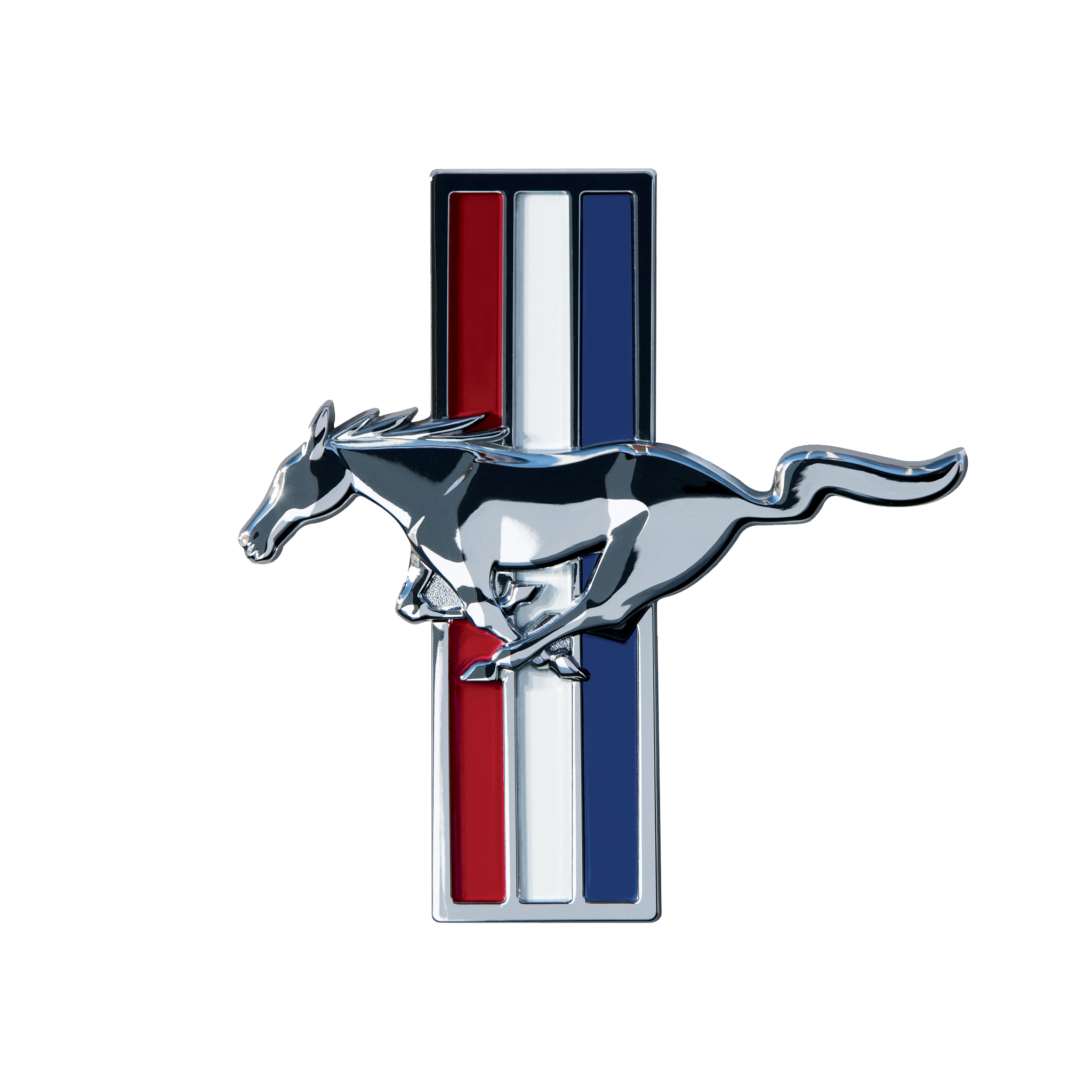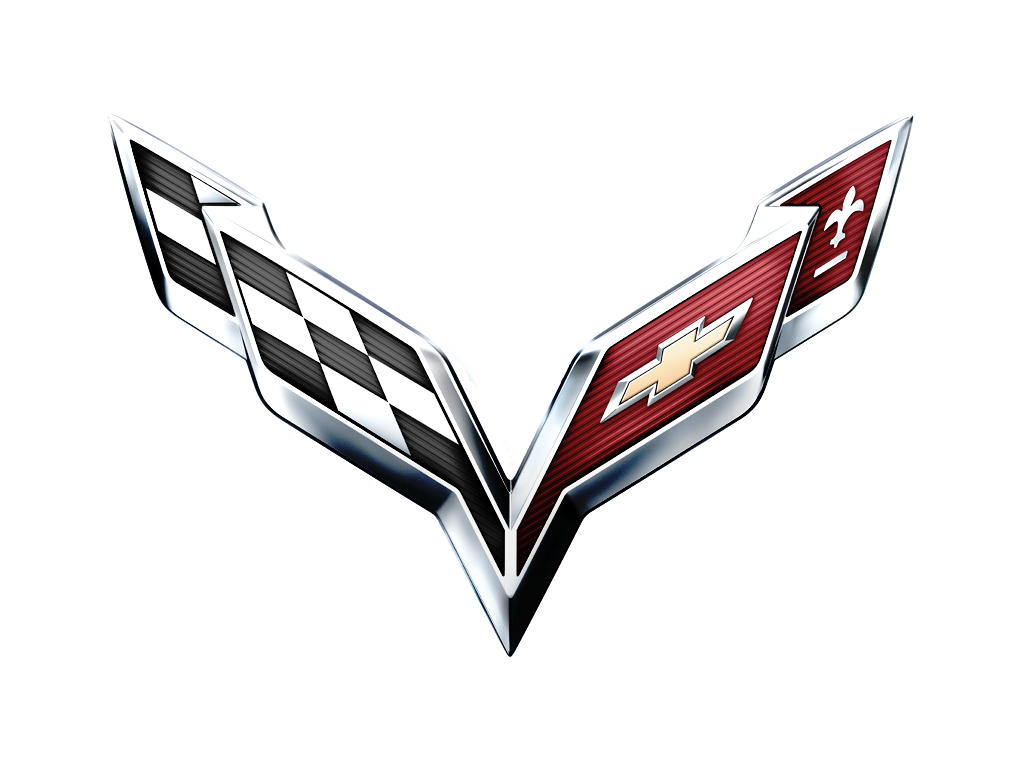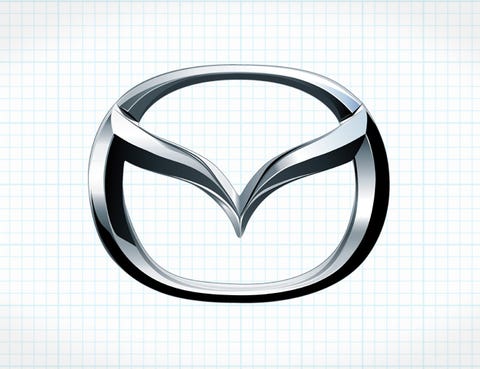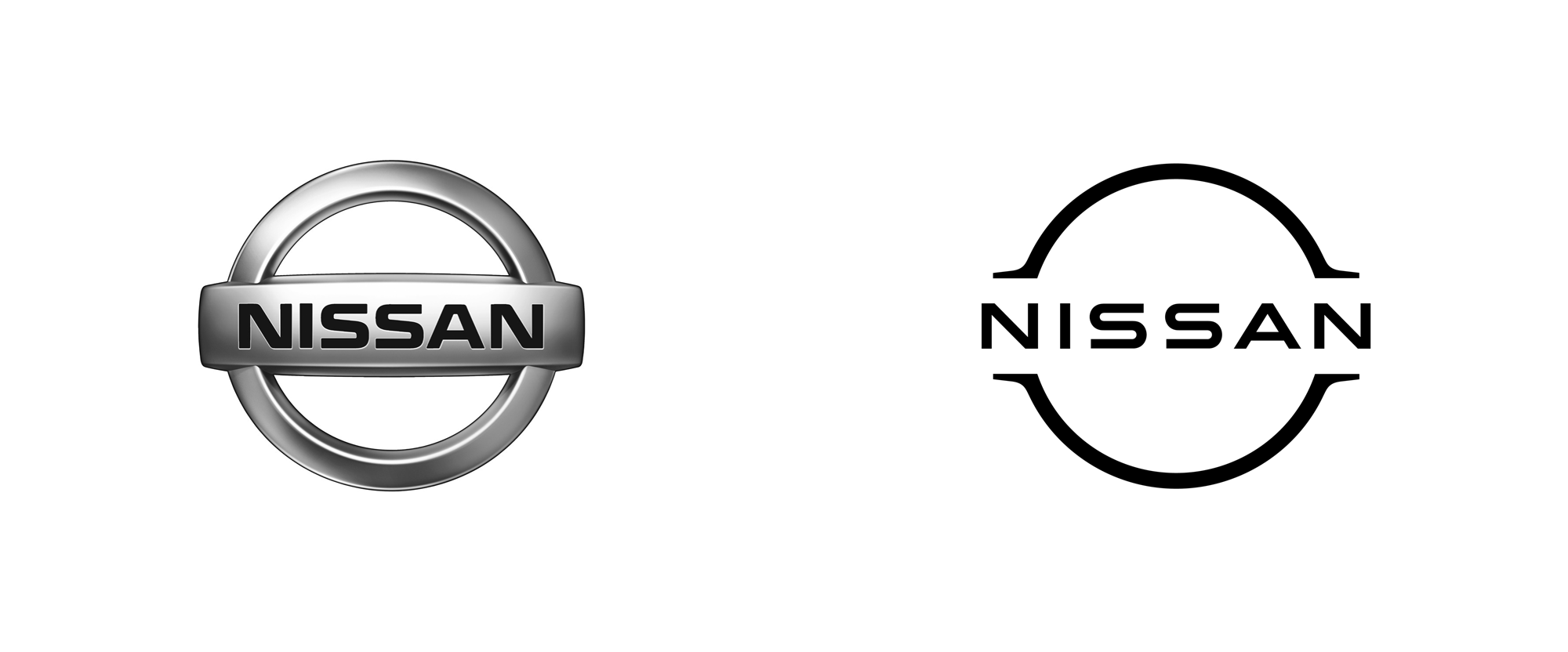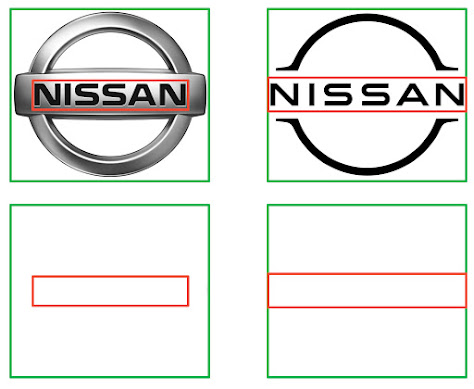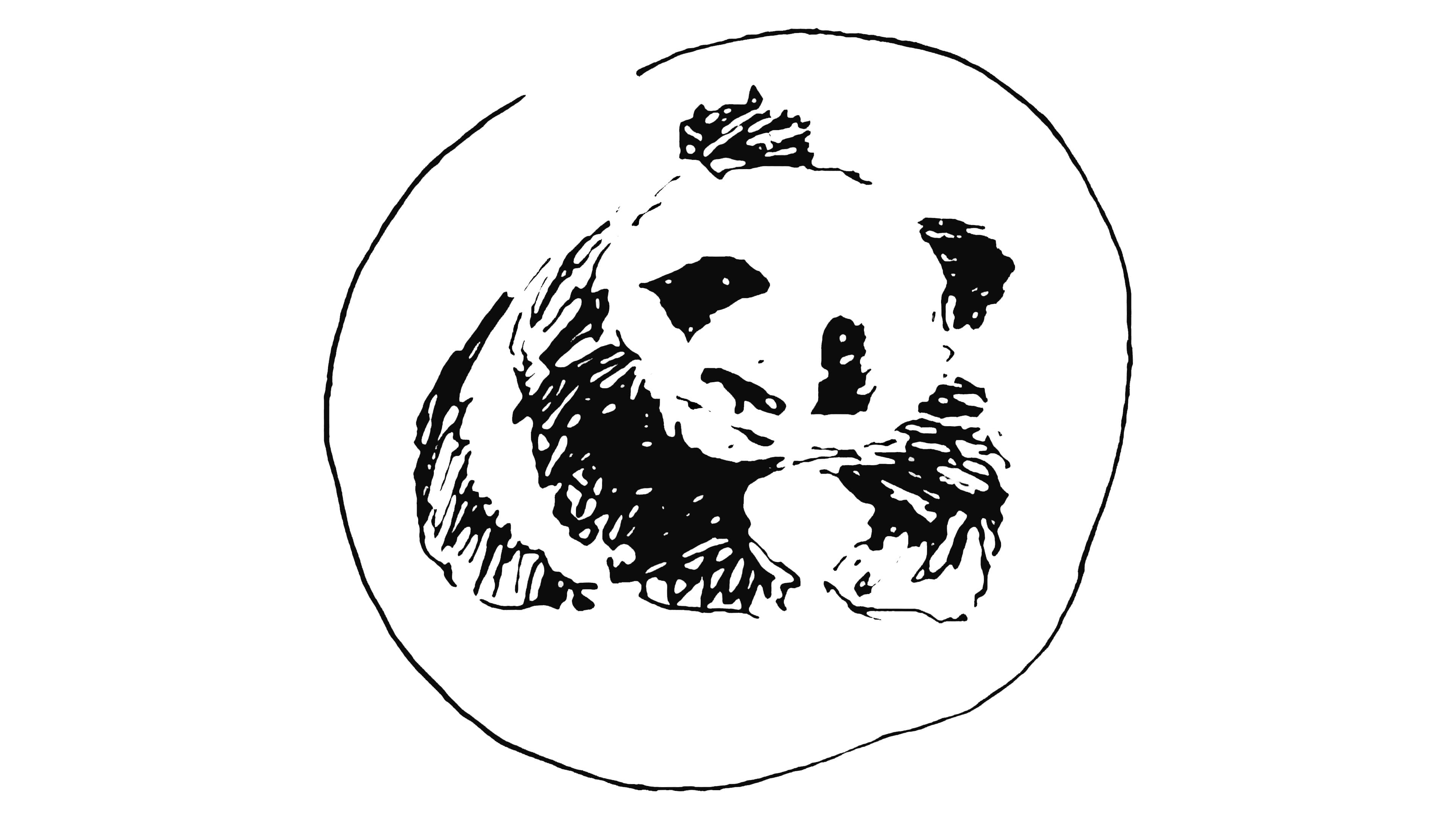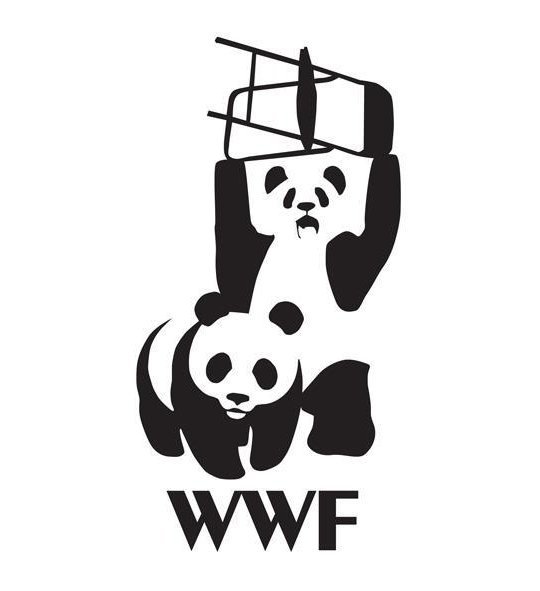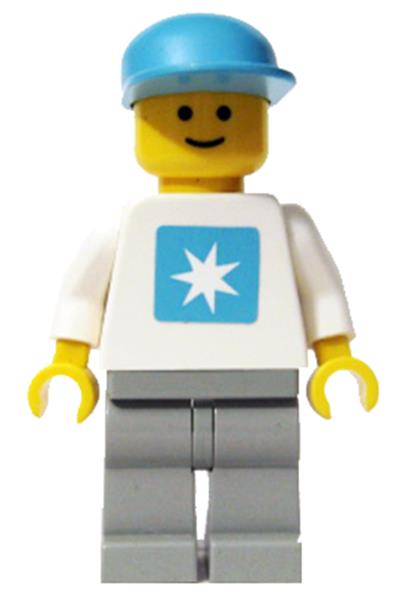Industry: Football
Today marks the beginning of the NFL's 2021 Draft, which has become nothing short of a sort of holiday and is as prime-time mandatory viewing as the Super Bowl itself among football diehards. (Personally I prefer when it just took place over the course of one weekend, but that's just me.) As such, I thought it was a fine time to take a look at the logo of the NFL itself, a mark that carries all the legitimacy of the corporate giant in one compact, instantly identifiable graphic.
HISTORY
From what I can gather, the familiar shield we basically associate with came about sometime in the 30's after the the NFL had started to establish itself as a viable league. You can see that even in that early striped version, the basic building blocks were there. The nicely packaged evolution graphic here (courtesy of the great Todd Radom) doesn't include all of its iterations— there are a few more variants, and I'd suggest heading over to Chris Creamer's logo site if you want to see more.
But you can see that all of the basic pieces are in place. The shamelessly patriotic shield, which was probably much more commonplace of a thing in the 30's than it is today is there, as is the football, and the stars, and the acronym of the league itself, the National Football League.
You'll notice that the stars vary greatly. It seems like there's more, and then there's more... and now there's only 8? Well, the stars used to signify each individual team in the league, and that in and of itself is problematic. By making such a choice, you create a logo that actively features components that are in flux. Sports leagues grow, and add teams, and occasionally subtract them. The NFL had a situation where the logo had to be redesigned every time a new team was added, and often with painfully non-symmetrical results. So for the most recent update, developed by the league itself in 2008, the choice was made to reduce the stars to 8— one for every division. The solution should prove to be less volatile and prone to change, plus it looks cleaner. Any good artist can tell you all those stars would prove to be a nightmare in cases when the logo would have to be reduced in size, or rendered in embroidery, etc. The 8 stars are clean and offer much more consistency in reproduction.
The other biggest change we see, and the one that surprised me the most in 2008, was the changing of the typeface. I always loved the old, throwback serifed letterforms of the NFL logo I grew up with, the curved stem on the bottom of the F, and of course that lustrous swirling L. That type of L is what typographers might call a teardrop lacrimal or teardrop terminal, and probably saw its start with calligraphers in the Middle Ages who wanted to "end" their letters without sloppy finishes or exits.
For me, even as a kid, that teardrop on the end of the "L" was a vital piece of visual DNA in the NFL logo, but the league chose to scrap it. It is a bit busy, and does get very close to the column of the L. Perhaps they did some testing with younger viewers who thought it looked a bit too much like a lowercase "b." But for whatever the reason, they simplified the acronym, and used a more squared, chiseled typeface. It still fits the personality of the brand, if not discarding some of the obvious visual history. And, truth be told, that might have had some say in the decision as well.It's also worth noticing how the orientation of the football changed in the 2008 revamp. This is very clever design work, as it's a visual nod to the Lombardi Trophy itself, awarded to each year's Super Bowl winner. See how the new angle and vector treatment of the ball is styled to remind you of the prize at the end of the road. I love how the design team basically reworks the NFL's own mythology into itself like this. A very strong change that's worth the entire rollout of a new brand, in my opinion.
A SHIELD
The NFL's official mark is instantly recognizable. If you're in any way used to seeing this thing, you can see it anywhere and know exactly what it is and dial up whatever emotional attachment you have to American professional football. But what exactly is it about this thing that makes it so unique?
Trying my best to remove my own lifelong connection to this brand, I'll try to approach it simply as a design professional and try to pretend I've never seen it before. So, looking at this thing in terms of pure aesthetics, the shape of the mark stands out. Yes, it's a shield, and this shape of a shield obviously goes back centuries in western civilization-- and yet, for the latter half of the 20th century and up until today, the NFL mark has basically appropriated this shape. When you see this shape, even if you're at Medieval Times or your local Renaissance Fair, you probably think about football, which says a lot. It's probably worth considering that there's some latent or subconscious connection with shields and war and masculinity, but that might be reaching a bit deep. But make no mistake, you're not going to see the Hallmark Movie Channel using a strong shield silhouette anytime soon.
The shield as a shape is bold and has a lot of sharp angles, across the top, the point at the bottom, etc. Its aggressive points boldly stab at the surrounding white space, and that creates visual interest. It's also extremely symmetrical, which implies balance, trustworthiness, and order.
Those protruding outside features also propose problems for designers handling this mark and inserting it into clean design. I believe I have mentioned before what I refer to as a logo's footprint— basically, the horizontal and vertical real estate it must take up in any design. If you look at the graphic to the left, you'll see how much vertical white space outside the logo is basically used up because of the sharp points at the top and the bottom. Well, who cares, right? Well, designers care, especially NFL designers, because let's say there's a spot on a web page for these graphics, and it's only, say, 100 pixels tall. Well, because of those exterior points, the entire footprint must be squeezed into those 100 pixels, and as a result, the core elements of the logo may only take up about 80 to 85 pixels.Imagine, let's say, that you want to put your car in a garage. But for whatever reason, you decided to add some tail wings to your car. Now, the main part of your car would fit in that garage perfectly, but those wings make it a much more precarious fit, or perhaps it just can't get in there as a result. So your options are to pay for a larger garage, or hypothetically "shrink" the entire car to fit inside. That analogy kind of breaks down at the end, haha, but I think you get the idea.
MASCULINE
This thing is all about STRONG, TOUGH, CLEAN, BOLD lines and elements— The chiseled typeface, the super clean vector football rendered in one color, the white stars contrasting against that blue ground— all of this is some conglomeration of toughness and patriotism that appropriately screams "American Football!" This is all about audience. Graphic artists can and do influence the connection between brands and its viewers by using design cues that resonate with portions of the public that their clients intend to connect with. I'm sure you've all heard the term target audience before, and branding professionals develop iconography that helps build those connections.
Some of my past students have had struggles understanding the concept of gender in design. For example, one student thought that creating masculine or feminine designs basically boiled down to using pink or blue in his palette. But there are lots of ways logos can be rendered to look more male or female. Feminine designs can feature more graceful lines, curved and elegant, as opposed to bold and strong. Colors might be used, but not in such glaringly presumptuous ways as mentioned above— for example, masculine designs tend to use colors that create contrast and visual punch, where more feminine works might employ more subtle or complex color combinations.
However, if an artist really want to pronounce gender in a logo, typically the easiest way to do so is in typeface selection. Typography styles naturally create the illusion of voice and personality as aesthetic elements in design. The fonts you choose can make designs feel angry or funny, happy or sad, frenetic or bored, and yes, male or female.
These are deodorant products from the same brand, Nivea. Notice the differences in colors, typography, and even design elements. It's even worth noting how 'masculine' the Nivea mark itself is, especially on the women's deodorant package, because everything else is designed with a more feminine flair.
For the sake of illustration, I prepared this "alternate" NFL logo. The colors are softer, less primary. Those jagged exterior elements are rounded, smoother. And I chose a typeface that is scripty, flowing, lowercase (UPPERCASE TEXT ALWAYS APPEARS LOUDER AND MORE MASCULINE), and even on a baseline skew or oblique. Does this feel tough to you? Do you think this brand would connect with all those guy's guys who wake up on Sunday mornings in the fall lining up their beer and nachos for a long day in front of the TV?
NOTE: Please, by all means, I am in no way implying that women cannot be tough, bold, strong, aggressive, or any of those things. All I'm saying is these design cues focus on triggering perceptions in audiences, and, quite simply, they work. I am in no way saying that I am a traditionalist or would ever tell any woman what she can or cannot be. I'm just illustrating how brands make their connections with their audiences.
CONCLUSION
The NFL shield is an instantly recognizable mark that calls upon decades of brand equity and association with its loyal, fervent fan base. One thing most sports leagues do well is use their league logo in conjunction with individual teams. Yes, you might be, say, a Packers fan, but you're not going to buy a Green Bay jersey unless it has that NFL shield on the collar. Even more so, what self-respecting Packers fan would want to buy a jersey without the NFL shield?
See, what they're doing there is using the league icon as an element of authenticity. In other words, it's not the real thing unless it has their mark on it, their seal of approval. I'm making it sound foolhardy, but that stamp of authenticity is worth millions and millions of dollars in licensing revenue, and plenty of apparel and product partners pay dearly for the right to slap that shield on the things they turn around and sell to the loyal team fans. Smart business, and smart branding.
What do you all think? Does the NFL shield really mean that much to you? Or is it something that's just there, and you tend to forget about it once the game starts? (Trust me, you don't.)
Sources Include: NFL.com, Todd Radom, sportslogos.net, Wikipedia, Amazon










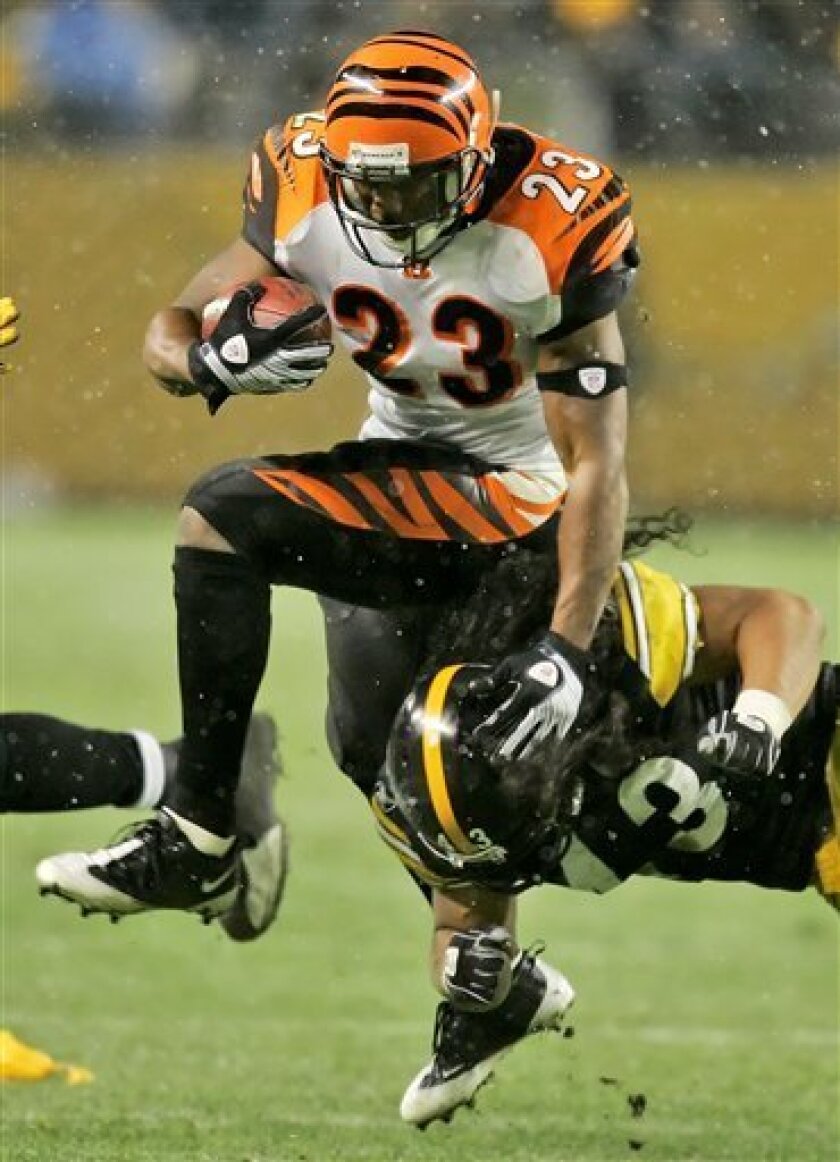




/cdn.vox-cdn.com/uploads/chorus_image/image/69149988/EzVr1QoUYAIxZ6B.0.jpg)







